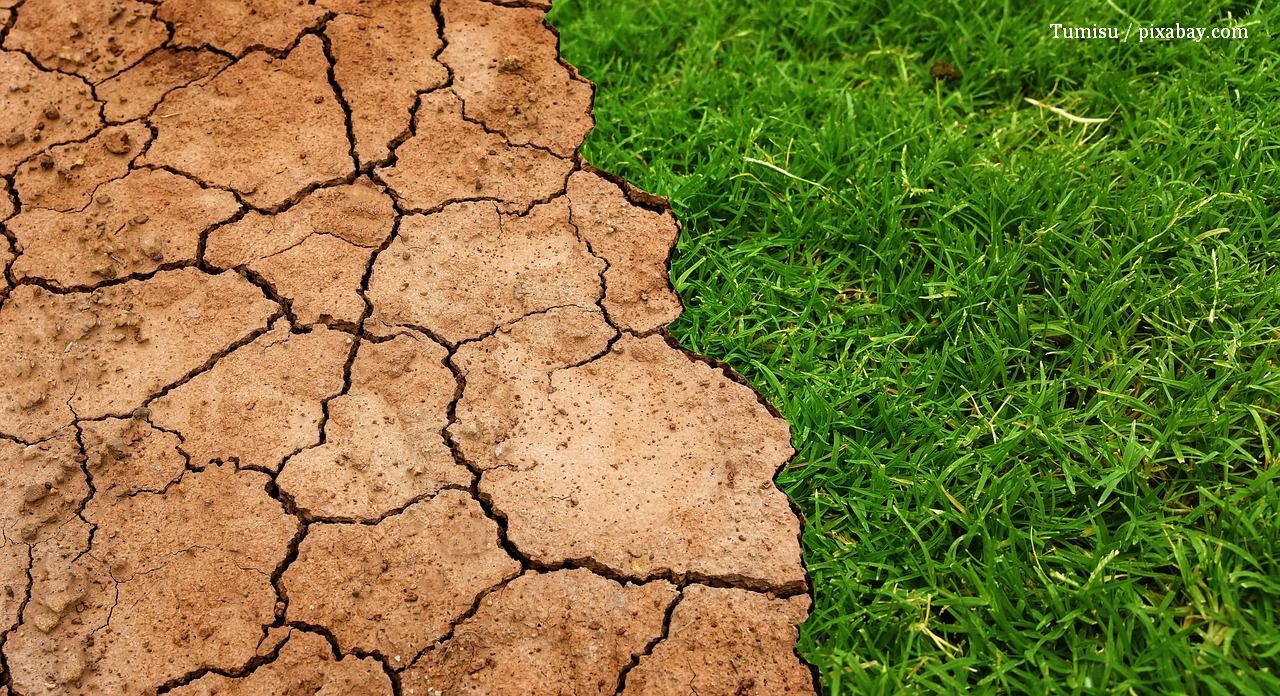The Paris Climate Agreement in the Trump era
Are we headed towards a new approach to climate change?

Corina Cristea, 08.09.2017, 11:00
The high fluctuations of temperatures alongside the decreasing number of chilly days and nights and the increase in the number of scorcher days and heat waves have been a constant reality of the past 50 years. According to specialists, in the future, extreme heat and heavy rains will most likely increase in frequency at higher latitudes, while their occurrence is expected to drop in most tropical regions. Scientific data shows that without applying adequate measures to curb these phenomena, the sea level is likely to increase by one meter or more by 2100.
Following these developments, some island countries and many coastal regions will be completely covered by water. Statistics point to an increase in the rate of deaths caused by heat or by frost, depending on the region. Also, changes have become visible related to the propagation of some diseases transmittable by means of water or viruses. Following these climate changes, many sea and land species have been relocated. Activities that are dependent on certain temperatures and levels of precipitation such as those in agriculture, forestry, energy and tourism have also been very affected. Many of the poor, developing countries are extremely vulnerable to the consequences of climate change. And this is because the inhabitants of those areas heavily rely on their natural habitat and have scarce resources at hand to be able to adapt to the changing climate.
In this context, the decision of the US President Donald Trump to withdraw the United States from the Paris Climate Agreement, which was adopted in December 2015 under the UN aegis, places him on the wrong side of history, according to the former UN secretary general Ban Ki-moon. At the same time, Donald Trumps decision has raised new challenges for the other participants in the Agreement. An action plan targeting the period starting in 2020, the agreement is aimed at limiting the increase in the global temperature, on the long term, at below 2 degrees Celsius as compared to the reference temperature reported in the pre-industrial era. The Agreement was adopted by 195 countries. Consistent with the promises made in the election campaign but criticized by the international community, the new White House leader decided to withdraw the US from the Agreement arguing that it was not beneficial to his countrys economy and to the Americans interests. And reactions were not late to appear.
The French President Emmanuel Macron said the American Presidents decision was a “mistake for the future of our planet, while China has reiterated its commitment to fighting climate change. After the 2015 Paris Climate Agreement, the EU became the promoter of sustained climate policies allocating to member states funds for investment, among other things. The funds are meant to help these countries replace the old industries with new, more environment-friendly ones. Since the measures for approaching climate change and for reducing green house gas emissions are priorities for the EU, the European leaders have committed to turning Europe into a very efficient economic power in terms of energy, with low carbon dioxide emissions. Another EU target is to decrease by 80 up to 95% the green house gas emissions by 2050 as compared to the level reported in 1990. Romania has from the very beginning participated in the international political process regarding climate change, being part of the framework convention on climate change and of the Kyoto Protocol. The president of the National Agency for Environmental Protection, Viorel Toma explains:
“Romania has met its target of reducing the greenhouse gas emissions for the first part the 2008 – 2012 period and meets the requirements for the second target period under the Doha amendment, 2013-2020. Romania does have a strategy on climate change and economic growth based on reduced carbon dioxide emissions as well as an action plan for the 2016-2020 period. The strategy is structured along two action lines, namely the reduction of greenhouse gas emissions and adapting to the effects of climate change. Planning for the current 2014-2020 framework stipulates that 27.53% of the European funds be earmarked for projects with a climatic component. The implementation of energy-efficient projects and the use of renewable energy resources at local level pose a real challenge for Romania in the coming period.
It is Bucharests policy to encourage the generation and use of renewable energy and to reduce greenhouse gas emissions, especially in big cities. Concurrently, schools, kindergartens and town hall buildings shall benefit from renewable energy, which means less expenses in terms of the local budget. (Translated by L. Simion & E. Nasta)






























